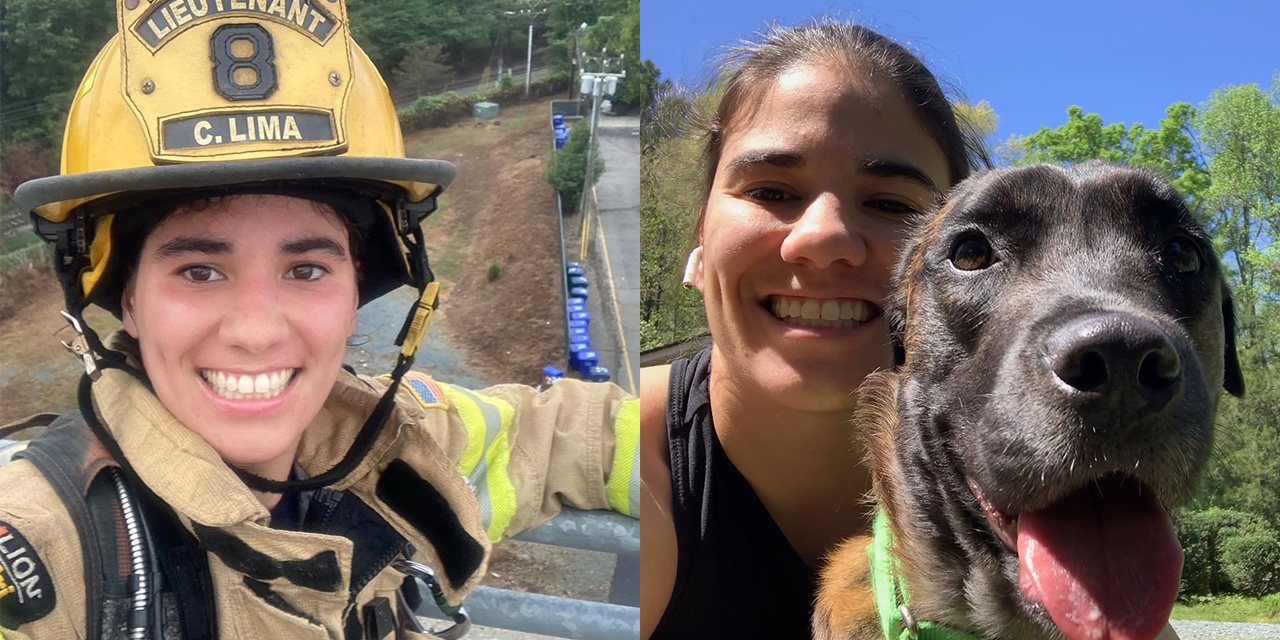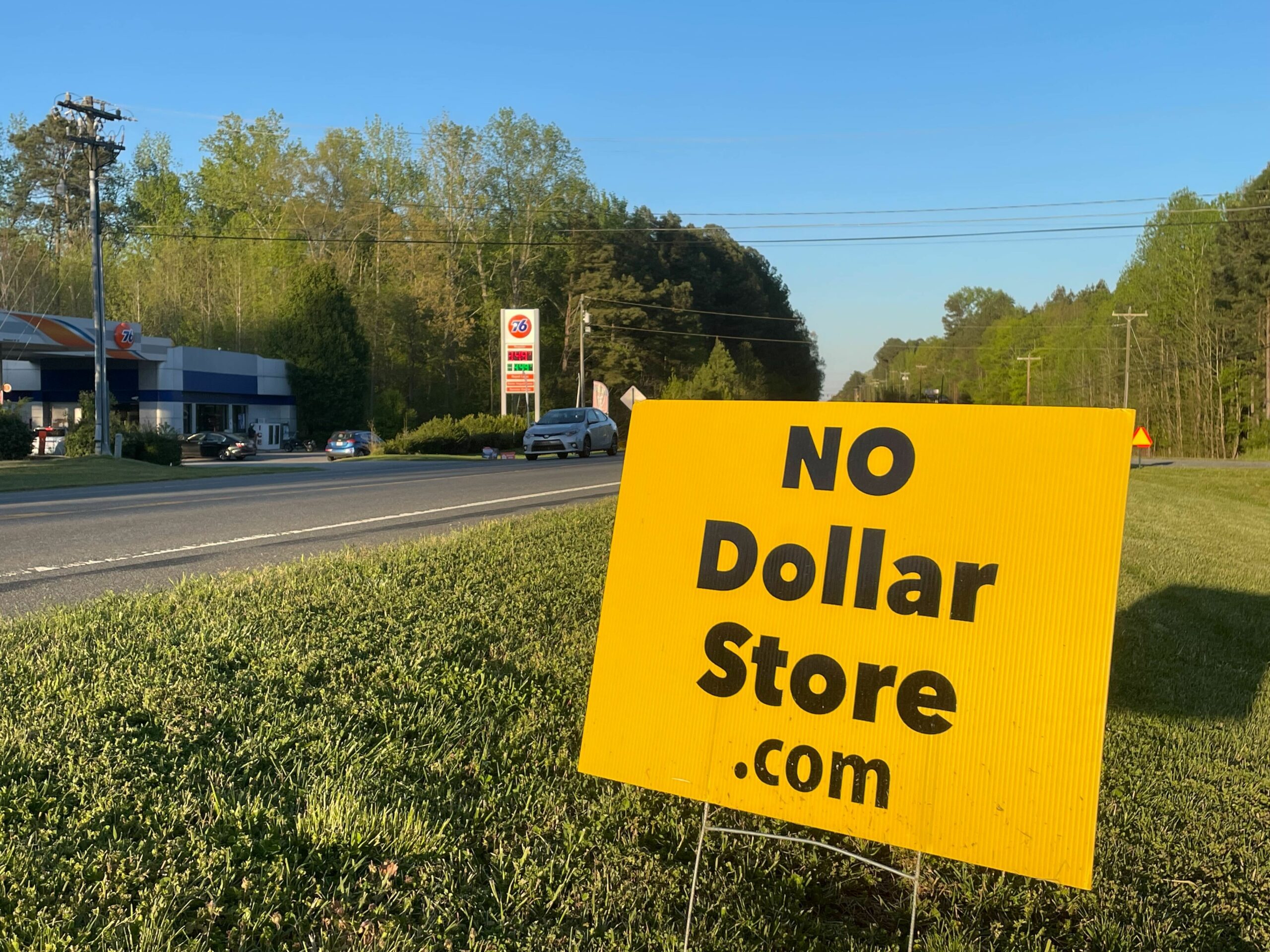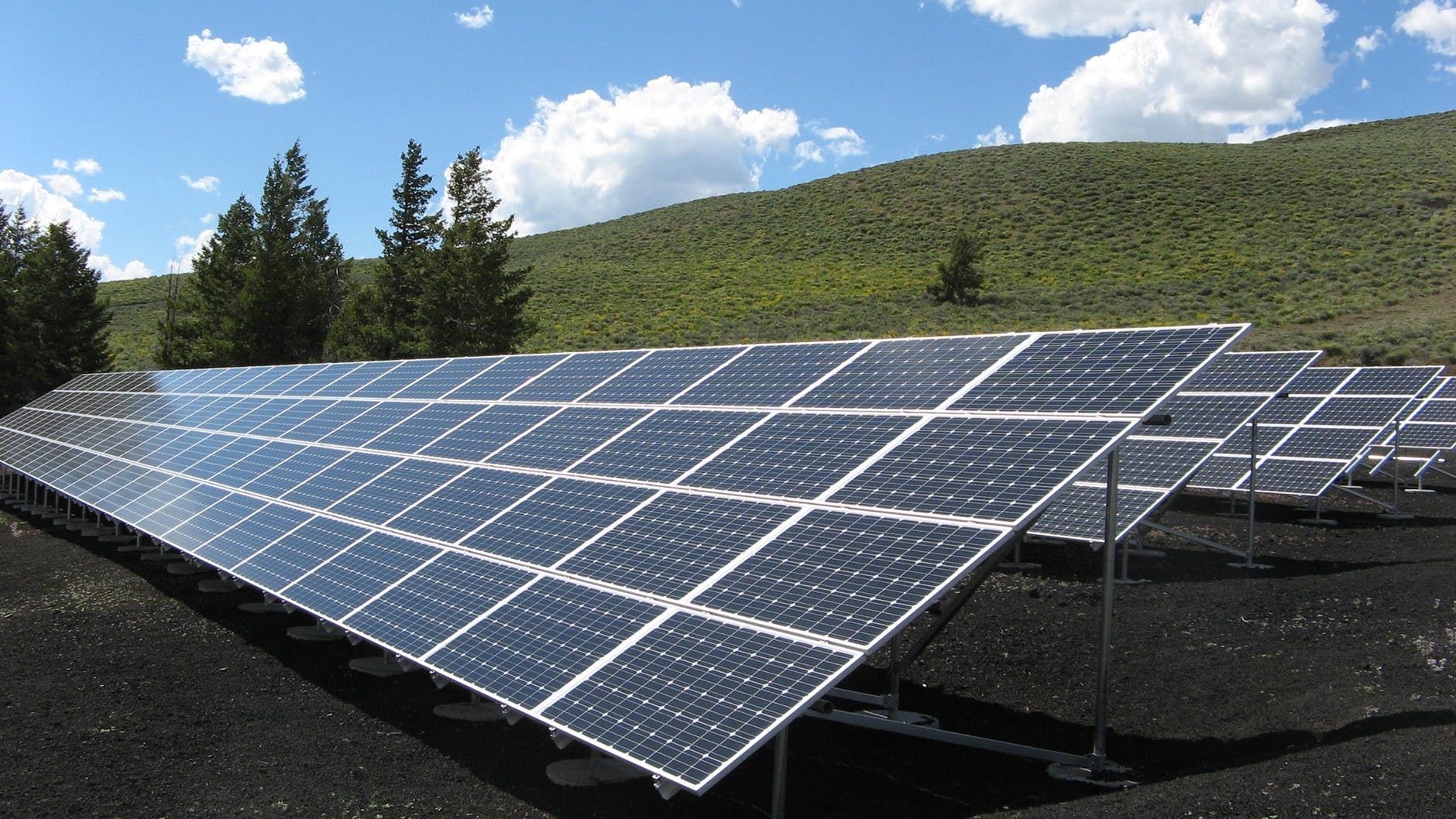
This week marks the fifth anniversary of Common Science® and this is my 239th column! It’s been my great pleasure to write them and I have enjoyed your comments and emails over the years. Nevertheless, I’ve decided that I need to take a little hiatus from writing. In the mean time, I will still be on the air with Aaron Keck on 97.9 FM/1360 AM WCHL and streaming live on www.chapelboro.com Monday afternoons at 4:32 pm for our usual geektastic science discussions. For this fifth anniversary column, I have decided to review some of the key themes and points I have tried to share with you over the past 5 years.
- Almost all of our energy comes from the sun.
The energy contained in coal, petroleum, and natural gas and biofuels is all derived from photosynthetic plants capturing solar energy. Solar electricity comes directly from the sun and wind energy is the indirect result of uneven heating of the atmosphere by the sun. Even hydroelectric power is dependent on the evaporation of water by the sun as part of the water cycle.
The most important part of the energy-from-the-sun story to keep in mind is that fossil fuels – coal, oil, and natural gas – represent solar energy captured by plants hundreds of millions of years ago. Exploiting these fossil fuels allows us to use many, many years of solar energy in a single year. As fossil fuels are used up, we’ll need to learn to live on just real-time solar energy.
- Everything comes from oil
One of my very first columns was titled, Everything Comes from Oil, Everything, because it does. All plastics come from oil. So do things carpets, clothing, paint, fertilizers, pesticides, glue, tape, soaps, and bowling balls. Even aspirin comes from oil. When oil becomes scarcer as the century proceeds, everything will become more expensive.
- Transitioning to renewable energy will be very difficult.
Most stories about the increase in the amount of renewable “energy” being produced contain several misleading points in common. They almost always describe growth rates in the amount of renewable energy produced by using a percentage rather than an absolute amount. Thus, when you read that the amount of renewal energy produced in the United States has increased by 30% it sounds quite impressive. If they instead noted that the share of renewable energy produced in the United States had increased from 1.0 to 1.3%, you might not be so enthusiastic. However, the second statistic gives you a much clearer picture of what is really going on and tells you the story of the long, long way we have to go.
Another common problem is the misuse of the word energy. It is not uncommon to come upon a story that says something like, “Last Week Germany ran on 80% renewable energy”! These stories are all incorrect. What they mean is that Germany produced 80 of its electricity by renewable means. This leaves out all of the energy used to power cars, trucks, and boats as well as fuel burned to power industrial production and to heat buildings. If you do the math, this story should quote 10% rather than 80%. That’s a big difference.
- Biofuels are not helping us.
There are three types of biofuels. Ethanol is made by fermenting plants with sugar or starch like corn or sugar can. Vegetable oil can be made from soy, palm, or other oily plants. Vegetable oil can be burned as a fuel directly or converted to biodiesel by reacting it with methanol. (If this summary were longer, I would take the time to point out that methanol is product of natural gas, which makes biodiesel not so bio after all.)
The growth in the use of biofuels is driving the destruction of rain forests across the globe. It is also crowding out subsistence farmers around the world as their governments lease their arable land to other countries to grow and export vegetable oil. Considered in this light biofuels are not so sustainable. If you want to really depress yourself some time, look up how much arable land in Liberia has been leased to other countries.
Please note that the process of collecting used cooking oils and greases and converting them to fuels as practiced by Piedmont Biofuels in Pittsboro, NC is a sustainable model.
- To understand the impending crisis on fresh water you need to consider aquifers.
Growing food and maintaining adequate hygiene for seven billion humans requires tremendous amounts of fresh water. In particular, irrigated fields produce far more food than those that depend on rainfall alone. In order to provide sufficient amounts of irrigation water, farmers dig wells in to underground aquifers. These aquifers can be incredible large and are filled with water that fell years, decades, or even millennia before. By utilizing this “fossil water”, humanity now uses more fresh water each year than could be supplied by rainfall alone.
The problem, which is now beginning to rear its ominous head, is that these aquifers are beginning to run dry. I often try to explain the dynamics of aquifers and wells by using the analogy of a glass of water and a straw. As long as the glass has any water in at all, you can keep drinking from the straw at essentially the same rate as when the glass was full. Then, when you get the bottom, the water flow drops to zero in a sudden manner. This is analogy is currently playing out for farmers in places ranging from northern India to west Texas.
Over the next 50 years or so, we are going to have to learn to live with the limited allotment of rainfall that Mother Nature provides. This will be an exceedingly difficult transition and is likely to be the cause of local, regional, and global conflict.
- The study of the microbiome will be a key feature of 21st century medicine
Human beings co-evolved with our populations of resident bacteria, our microbiome. The number of bacterial cells in your body far outnumbers the human cells. Furthermore, since bacterial cells are genetically more complex than human cells, over 90% of all of the genes within your body are bacterial. If you spend enough time studying this dynamic as I have, it can profoundly impact the way you view the human body. First you consider bacteria to be ancillary and then as vital partners. Then the idea that bacteria are actually in charge and have been driving the design and function of the human body to fit their needs starts to creep in. I plan to address this idea in future radio show about why humans kiss and hold hands. But, I digress.
Over the last 10 years, we have just begun to uncover what the bacterial genes iun the microbiome are doing and how integral they are to our health and well-being. For example, we now know that our microbiome is a key factor in issues ranging from maintaining a healthy body weight to cardiovascular and mental health. We ar on the cusp of learning a lot more.
- The Keystone XL Pipeline debate was a distraction
The debate over whether or not to build the Keystone XL pipeline spanned at least two presidential campaigns. Had it been built, it would have made the transport of heavy crude oil from the oils sands in Alberta to refineries on the Gulf Coast of the United States somewhat easier. During the entire period of debate, the oil sands were being actively exploited and the heavy crude travelled to the refineries through the multiple other existing routes. The key issue in this debate should have been that in order to maintain a reasonable climate, we need to leave the oil sands in the ground. Focusing on the transport of the oil rather than the extraction of the oil missed the key point.
There is a bit of irony on this front to explore as well. About 20% of the oil in the sands of Alberta is “easy” to extract. The process is akin to strip mining. The other 80% is much harder and expensive to exploit. The planned method is to inject steam into the deposits to melt the oil and then pump it out using standard oil well equipment. Initial trials of this method are not going well as the melted oil seems to have it’s own mind about which direction it wants to flow.
Just as the “easy” 20% of the oil sands is running out, implementation of fracking in the United States has increased global oil supply by 2-3% and, along with other factors, this is lowered the price of oil around the globe. Therefore, had the Keystone XL pipeline been built and ready to transport oil from Alberta to Houston, it’s not at all clear that it would have been heavily utilized.
- GMO’s are a distraction too
Almost all corn and soybeans in the U.S. are made from genetically modified seeds, or GMO’s. In today’s highly processed food system, GMO corn and soybeans are in nearly everything. Yet these “Frankenfoods” are not causing harm to people, at least not directly. From the point of view of the human digestion system, the molecules within GMO versus non-GMO foods are essentially identical.
What is doing harm, and where our focus should be, is in the problems related to the monumentally large, monoculture fields that GMO food production engenders. Tilling up most of the Great Plains each year releases the carbon held within the soil to the atmosphere. Monoculture fields only blossom once a season, making them a food desert for bees and other vital pollinators the rest of the time. In addition, since the GMO crops can withstand pesticides, all other weeds and plants in the area can be and usually are wiped out. This removes food sources for pollinators as well. Since 70% of all of the calories we eat come from pollinated plants, we need to look after the pollinators.
Lastly, the problem with GMO corn as a food source is not that it is GMO but rather that we grow far too much of it. The ocean of cheap corn produced in the United States results in high-fructose corn syrup being introduced into many foods along with its empty calories. Corn has also become the primary food source for cattle, chickens, and hogs. The meat and eggs produced from livestock that are fed this way are far less nutritious compared to those from pastured animals.
- Think Local act Local
Many factors that impact our lives are beyond our local sphere of control. We can’t influence how much coal is used in India or China and we can’t seem to prevent the North Carolina General Assembly from passing odious legislation. But there are key aspects of our local environment that we can and should zealously protect.
First, consider our position with regard to water. (Full disclosure. I am a member of the OWASA Board of Directors. The statements below are my own.) Watersheds and aquifers in Orange County, NC are highly localized in that we do not draw our water from rivers or lakes that are shared with other locations. This means that we have a high level of control on water use, water quality, and management of aquifers through prudent regulation of wells and withdrawals. So far we are doing an excellent job of managing our water resources and should focus on continuing these efforts.
We need to keep an eye on our soil and our land use. Topsoil is a vastly underappreciated resource. Healthy and sufficient topsoil is the key element in producing local food. Protecting topsoil requires a sustained multi-pronged effort. Land use and zoning regulations need to guard against having our topsoil scraped off and trucked away and we need to require adequate stream buffers in our zoning laws such that our topsoil does not erode and float away. We also need to support programs that subsidize sustainable farming methods such as no-till farming and integrated used of livestock.
Lastly, we can and should take care of our local pollinators. North Carolina has over 300 species of native bees. I own and operate a small local farm. So I can tell you from first-hand experience that allocating a small portion of the land to meadow and natural wildflower beds can dramatically increase the number and diversity of local pollinators on site, which results in increased yield. We can all support our local farmers and local pollinators by planning flowers and allowing for natural areas wherever possible. Every little bit helps.
Thanks again for your support and participation these last five years. Come listen to Aaron and I on the radio and I’ll be back in print in a couple of months.
Jeff
Jeff Danner celebrated 5 years of Common Science on WCHL with Aaron Keck (and most of the WCHL staff).
Have a comment or question? Use the interface below or send me an email to commonscience@chapelboro.com. Think that this column includes important points that others should consider? Share a link to this column on Facebook or Twitter. Want more Common Science? Follow me on Twitter on @Commonscience.





